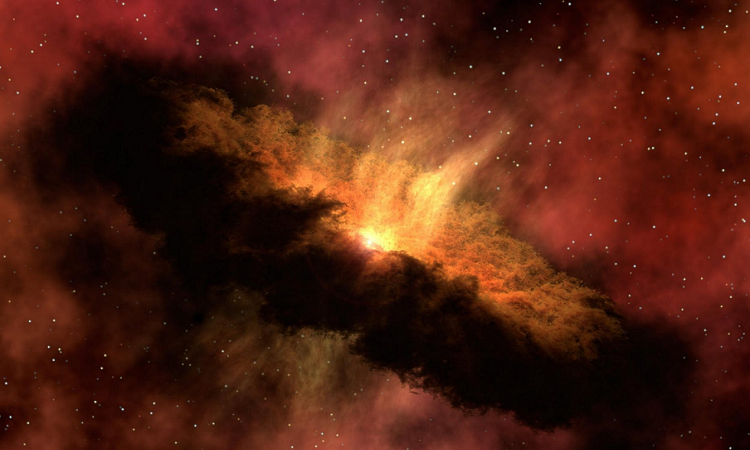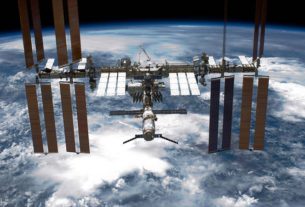Analysis of a small fragment of a meteorite that fell to Earth a dozen years ago has identified a new parent body once as massive as the dwarf planet Ceres.
In 2008, an asteroid (2008 TC3) about four meters in diameter and weighing about nine tons entered Earth’s atmosphere before exploding in addition to 600 meteorites over Sudan, representing around ten kilograms of samples. . Researchers at the Southwest Research Institute in Texas (USA) were able to recover a small piece of one of these meteorites (AhS 202, 50 milligrams). After polishing it, they used an infrared microscope to examine its composition. Details of this work are published in the journal Nature Astronomy.
A massive parent body
Spectral analysis identified a range of minerals, especially amphibole, which can only be created within a certain range of temperatures and pressures, and with a prolonged and significant presence of water. This is the first time that such a mineral has been identified in a meteorite of this type.
Since these conditions cannot be proposed in the small bodies of the solar system, the presence of this mineral suggests that it must have formed in a massive object that has since been destroyed. Researchers estimate that this parent body was between 640 and 1,800 kilometers in diameter. They draw a parallel with Ceres and its 950 kilometers, the smallest recognized dwarf planet in the solar system, also considered the largest object in the main belt.
“Carbonaceous chondrite meteorites record geologic activity during the early stages of the solar system and provide insight into the history of their parent body,” says Vicky Hamilton, lead author of the study. “Some of these meteorites are dominated by minerals that indicate exposure to water at low temperatures and pressures. The composition of other meteorites indicates warming in the absence of water. Evidence of metamorphism in the presence of water under intermediate conditions, on the other hand, was almost absent ”.
The composition of this meteorite is indeed surprising, but it is perhaps not so “exceptional”. Asteroid Ryugu, visited by the Japanese probe Hayabusa2, and asteroid Bennu, visited by the US probe OSIRIS-Rex, both have characteristics suggesting prolonged exposure to water. The two spacecraft recently collected samples (those from Hayabusa2 landed earlier this month). Also researchers will soon be able to analyze them, and confirm (or not) their similarities with this meteorite.




